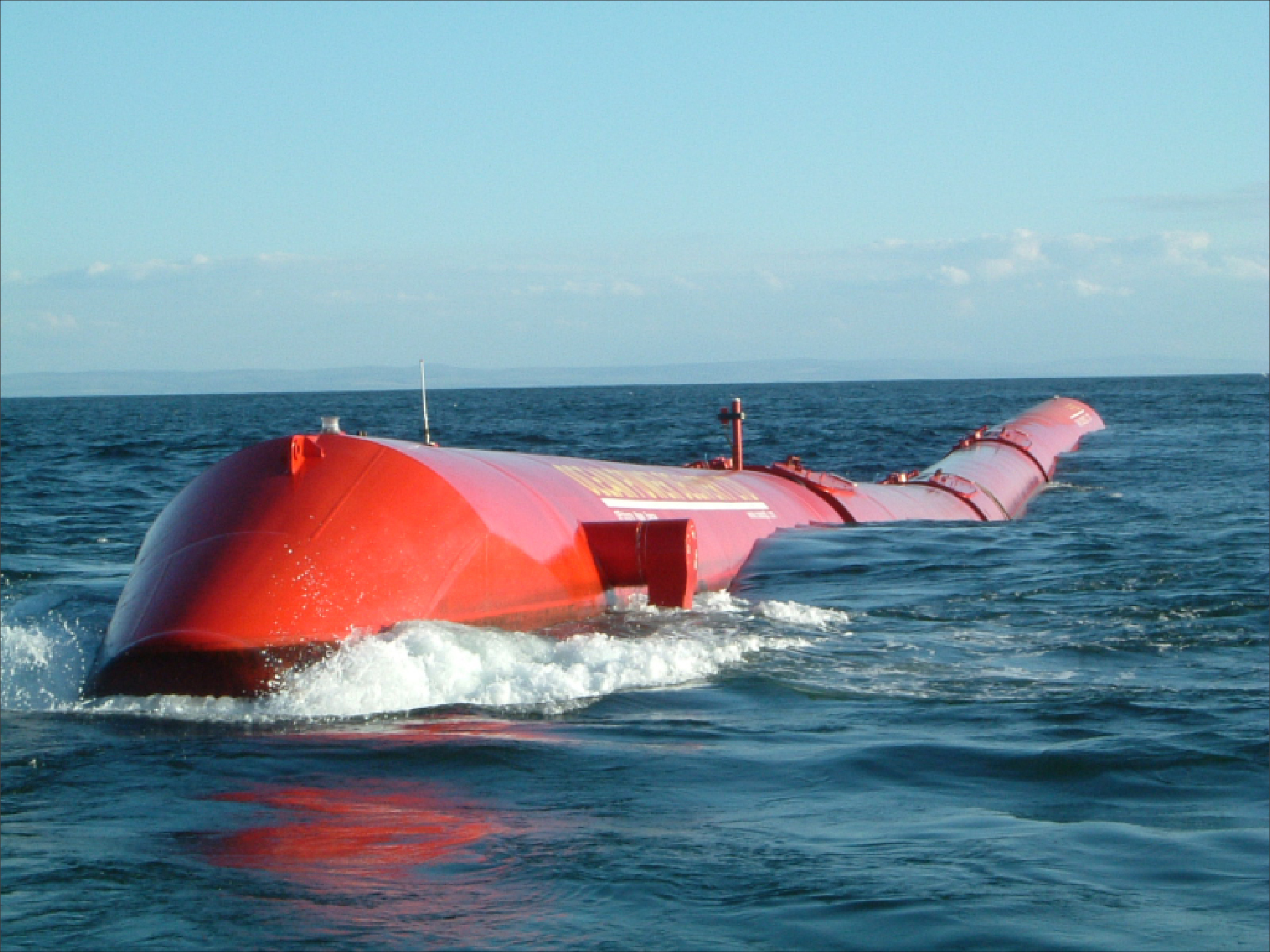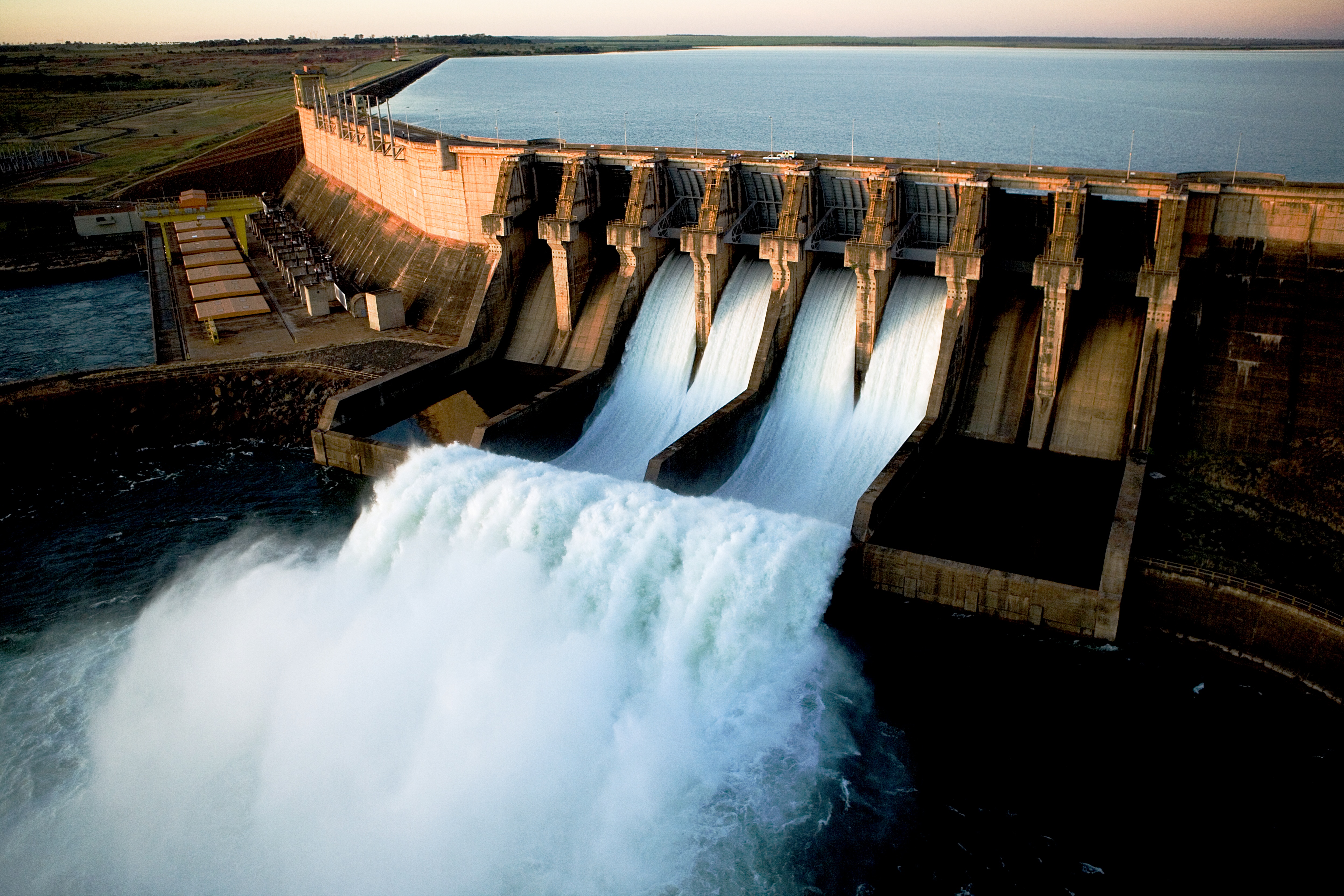Eco-Friendly Energy
Our world today has advanced far enough than we could all ever imagine. Technology has played a vital role in the improvement of almost everything around us.
Our primary sources of energy, coal and fossil fuel, are scarce and so eco-friendly energy technology has evolved, examples are solar energy, energy from windmills, energy for waterfalls, and rechargeable energy. Here are further descriptions of a few of the sources of energy.

Tidal energy is generated either by tidal stream generators or by barrage generation. The power created though tidal generators is generally more environmentally friendly and causes less impact on established ecosystems. They rotate underwater and is driven by the fast moving dense water. It is still now yet widely used and subject to further studying and observation, but it definitely has potential for future electricity generation.

Wave power refers to the transport of energy by ocean surface waves and capturing of that energy to do useful work for electricity generation, water desalination, or the pumping of water. The use of this kind of energy requires tedious work and is difficult to utilize since it depends on the unpredictability of the ocean and wave direction.

Solar power, Photovoltaic (PV) solar power,generates energy through the sun’s energy to produce electricity. More and more people avail of the benefits of this kind of energy, thus, it is one of the fastest growing energy sources, Solar cells are becoming more efficient, transportable and easy, because it can be easilyinstalled that even local homes can use of it.

Wind power, like Ilocos Norte’s Bangui Windmills in the Philippines, is the conversion of wind energy by wind turbines into a useful form, such as electricity or mechanical energy. It is generated by large-scale wind farms connected to the local power transmission network with turbines to provide electricity to isolated areas. It is eco-friendly in a way that the use of these windmills have one of the lowest environmental impacts of all energy sources.

Hydro power is the production of power through use of the gravitational force of falling or flowing water, like waterfalls. It is the most widely used form of renewable energy. Hydroelectric complex produces no direct waste. One example is the Maria Cristina Falls of the Agus River on the island of Mindanao in the Philippines which powers the Agus VI Hydroelectric Plant.

Geothermal energy is a way to extract renewable energy from the earth through natural processes and is cost effective, reliable, and environmentally friendly. But it has previously been geographically limited to areas near tectonic plate boundaries. A large plant can power entire cities while smaller power plants can supply rural villages or heat individual homes. It is currently generated in 24 countries around the world and a number of potential sites are being developed or evaluated.

Biomass is plant matter grown to generate electricity through the living and recently dead biological material like dead trees and branches, yard clippings and wood chips biofuel, and it also includes plant or animal matter to produce fibers, chemicals, heat, fuel or for industrial production.Biomass may also include biodegradable wastes that can be burnt as fuel.
